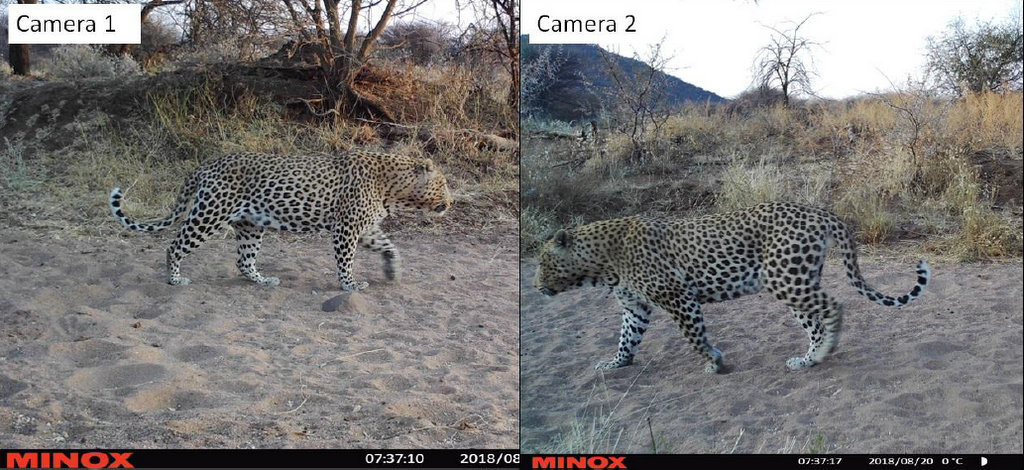
NEWS DESK POST by AG Editorial
The latest census (August 2019) of Namibia’s leopards estimates a population of 11,733 leopards. This is a reduction from the 14,154 estimate from a 2011 census (Stein et al). The report states that the leopard population is not declining country-wide and that changes in methodology caused the drop in reported populations between 2011 and 2019.
Information and data for the census was collected from across Namibia, including sightings, photographs, distribution data and population trends. Two camera trap surveys and an intensive questionnaire survey were also conducted. Some areas showed leopard density increases over the 2011 census, and others showed reductions.

Evidence collected reveals that the core of Namibia’s leopard population occurs on freehold farmland and communal conservancies in the Kunene region, where they are under pressure due to human-leopard conflict and illegal poaching using wire snares. Populations in these areas are higher than they are in national parks because of less competition from other predators and a higher prey base.
Results show a clear link between the tolerance of leopards on the one hand, and income-generating activities (photographic tourism and trophy hunting) on the other hand. The report suggests that the biggest threat to leopard populations in Namibia is ‘problem leopard’ removal due to human-leopard conflict.

The research was led by carnivore specialist Dr Louisa Richmond-Coggan of LRC Wildlife Conservation. Her website description of this project: “In cooperation with the Ministry of Environment and Tourism, NAPHA has employed my services to undertake a Leopard: National Censusing & Sustainable Hunting Practices study which will run from June 2017 to December 2018.”
The following organisations collaborated to carry out this census:
• The Namibian Ministry of Environment & Tourism (MET);
• The Large Carnivore Management Association of Namibia (LCMAN);
• The Namibian Professional Hunting Association (NAPHA);
• The Namibian Chamber of Commerce (NCE).
To comment on this story: Login (or sign up) to our app here - it's a troll-free safe place 🙂.![]()






